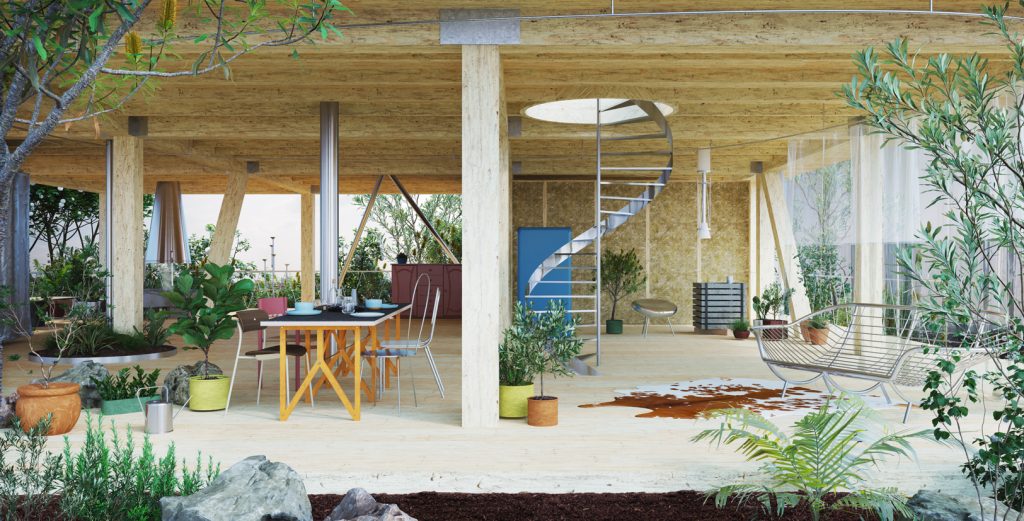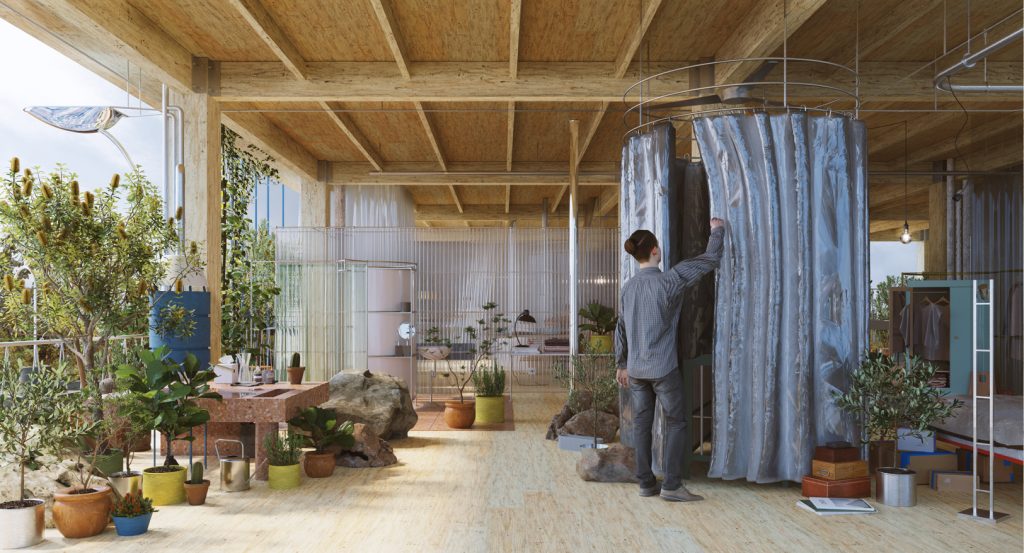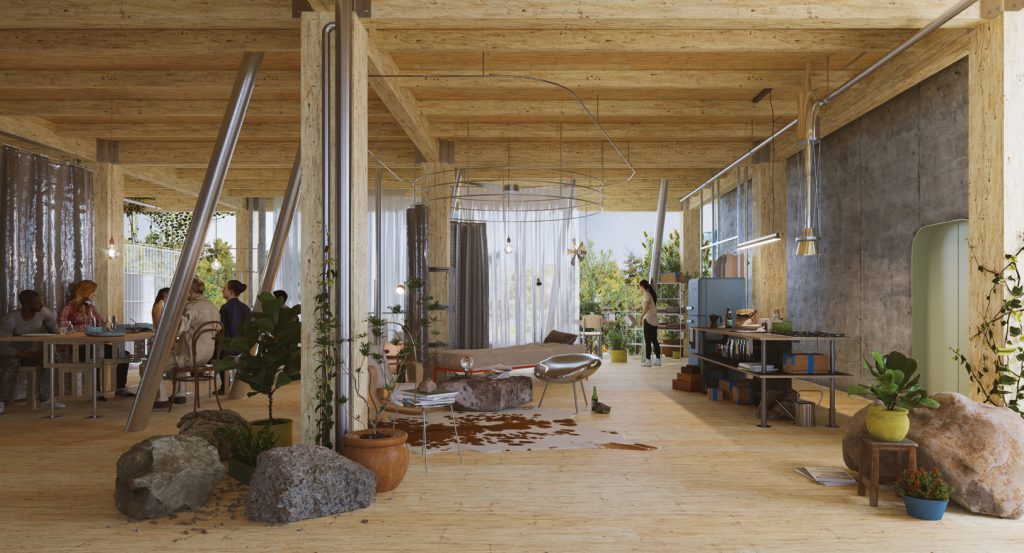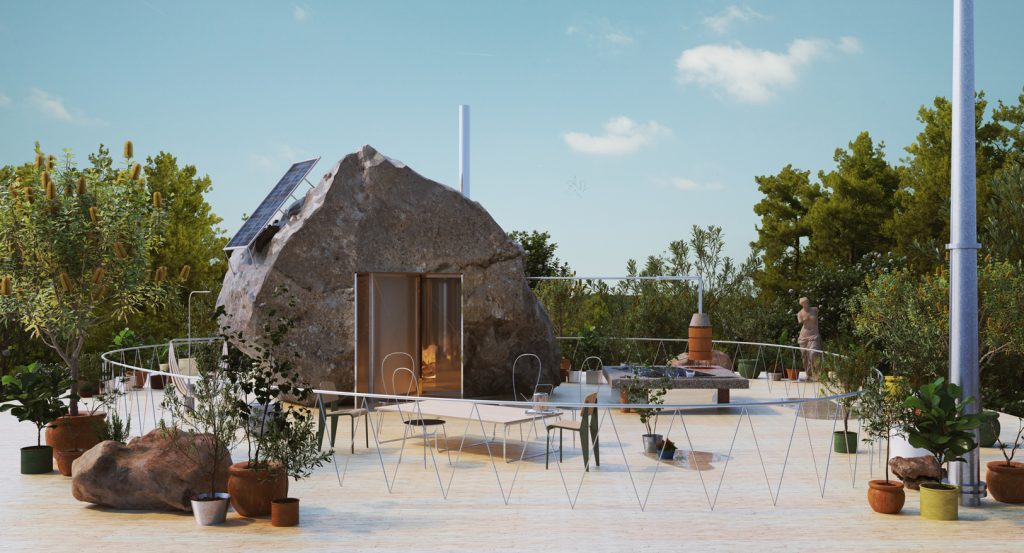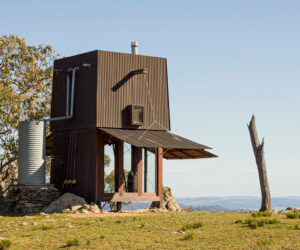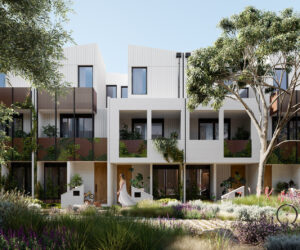New research from Allianz and UTS reveals the future of Australian homes
Millennials and Gen Z will put sustainability first when living in and building their future homes, according to new research released by Allianz. We can expect young Australians to deconstruct the family home model as we know it: outdoor and indoor living will be combined; an eclectic, new interior decorating style created; and the impact of harsh financial realities may lead to a ‘sharing economy’ approach to housing.
The Future of Living report, commissioned by Allianz in partnership with UTS, has revealed how the socio-economic and environmental factors our younger generation are navigating, will affect house design and home-living. The impact of some of these factors has been magnified recently following the devastating effects of COVID-19 and the bushfires.
The Future of Living’s key findings:
The report has identified five key themes that will change the way Australians live and purchase property forever:
1. Sharing life: From accommodation, to office spaces, from car rides, to our homes, the ‘Share Economy’ is already innovating and reshaping how we live. Driven by friendship, housing affordability and changing family models, Australians will soon be creating living arrangements featuring new approaches to communal spaces and shared resources.
2. Managing climate: With concerns around the environment, recycling, and carbon emissions top-of-mind, Australian Gen Z and Millennials will be looking to fight climate change with sustainable options used for the interior and exterior fabric of their homes.
3. Naturalised interiors: Young Australians will be challenging traditional divisions between garden and house. Future homeowners can expect to see native greenery rife throughout interior and exterior structures, as domestic spaces become part of the Australian landscape and biosphere at large. Buildings will become much more aligned to the landscape outside, in an effort to create a more fulfilling lifestyle, to meet increased appreciation of the world around us.
4. Reusing new materials: The substantial growth of the Australian population will require vast quantities of construction material. The report suggests a shift toward more sustainable standards in the construction industry, with locally sourced timber becoming a building exterior of choice, instead of brick and concrete. Local production removes the need for global importation, which in itself brings about many economic and environmental impacts.
5. Austerity Chic: In consideration of not only environmental but economic factors too, interior design will become an inconspicuous, mismatched collection of items found between secondhand and mass-market furniture stores. The future generations will choose to be more discerning and use what is already available. This will include “unfinished” looks, and mismatched objects that strike the perfect balance between elegance and style and raw and unrefined.
Rachael Poole, General Manager of Home and Lifestyle at Allianz Australia, said: “We all have a shared responsibility to invest in a sustainable future for our communities and planet. The Future of Living report provides Australians with an understanding of, and inspiration into, how families will be living in their homes in years to come.”
“For Allianz Australia, it’s important for us to have a view on future living trends – especially those that protect our planet – so we can remain a global leader in insurance products that support sustainable living solutions. Solutions that match the desires and needs of Australians.”
Working with Allianz Australia and UTS, Jamie Durie – who is currently designing his own sustainable home – has created a prospective blueprint of what a home of the future could look like, to help inspire Australians to reimagine their approach to home design:
“The findings within the Future of Living report represent the adaptability of young Australians and the appreciation they have for the environment and the beautiful resources it can provide”, Allianz Sustainability Advocate Jamie Durie said.
“Taking it back to basics was a clear design message from the report, and one that benefits the environment. It’s not just what we build the house out of, it’s also what we surround the house with. Planting dense foliage around the side of the house, such as Australian native plants, not only looks great but can also stop hot weather from infiltrating the house.
“Using locally-sourced timber when building our homes is another way to make better use of the earth’s limited resources and embrace the environment around us. By thinking how local nature, sunlight and ecosystems can enhance the design of our homes, we can feel good about making conscious decisions that benefit our futures.”
